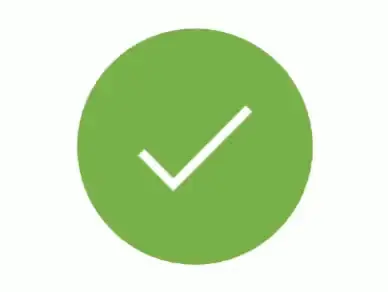
Python Online Training
Course Overview
Describe Python?
Python is a well-liked high-level, general-purpose programming language. Its design philosophy places a strong emphasis on the readability of the code, and programmers can express concepts in less code than they would be able to in languages like C because to its syntax. The language offers structures designed to support both small- and large-scale, concise programmes.
Key Features
- Online
- 40% of the format is theory and 60% is hands-on.
- It lasts for 20 days and can last up to two hours each.
- Corporate
- 40% of the format is theory and 60% is hands-on.
- It lasts for 5 days and can last up to 8 hours each.
- Classroom
- Private classrooms are available upon request, with a requirement of four students per batch.
Each participant should be familiar with the OS (Linux, Unix, Windows, Solaris, Mac OS X, etc.) that they will be running Python on. Basic knowledge of at least one other programming language is preferred but not required.
Overview Of Python
Module 1
Python Introduction
How versatile is Python?
Python: why?
Python syntax is useful to know in comparison to other programming languages.
Install Python
Module 2: Basic Python Instructions
The statement printed Comments
Python Data Types & Data Structures
Python String Operations
basic input and output
Python's Simple Output Formatting Operators
Python Program Flow Indentation, Python Program Flow Indentation,
Module 3
The If statement and the statement it refers to
An illustration using the if and associated statement
"while loop"
The loop for
The range assertion
Examples of Break & Continue Asserts for LoopingModule 4: Modules & Functions
Develop original functions
Variable arguments, parameters, and functions
Function's Purpose
Function Documentation
Map & Lambda Functions Practice using functions
Develop a Module
Common Modules
Module 5: Handling Errors and Exceptions
handling exceptions using try handling Several Exceptions
Creating a custom exception
Module 6: Handling Files
Modes of file handling
File handling functions include reading, writing, and appending to files.
The with assertion
Module 7: Python Classes - New Style Classes
Designing Classes
Example Methods
Inheritance
Polymorphism \sException Classes and Individual ExceptionsGenerators and iterators in Module 8
Iterators \sGenerators
The Functions, all of them
With Declaration
Compression of data
Data structures in Module 9
Comprehending lists
Functions for Nested List Comprehensions and Dictionary Comprehension
Standard Parameters
Variable Defenses
Dedicated Sorts
tenth module: collections
namedtuple()
deque
UserDict UserList default dict ChainMap Counter OrderedDict user stringADVANCE PYTHON
Module 11: Python GUI creation (Tkinter)
Introduction
Events and Components
A GUI example
primary Component
Button Entry Widgets Addition
Widgets for Text
Look for buttons
Introduction to Module 12: Python SQL Database Access
Connection DB for Installation
Making a DB Table
operations for INSERT, READ, UPDATE, and DELETE
Errors in the COMMIT & ROLLBACK operation
Introduction to Network Programming in Module 13
Clients and Servers in a Daytime Server
Customer Program
The server applicationModule 14: Date and Time Sleep Program Runtime Additional Date/Time Methods
Module 15: A few more in-depth topics
Filter \sMap
Reduce
Decorators
A collection of frozen toys
Split, a regular expression
working with dates, emails, and unique characters
Quantifiers
all character sequences, match them, and then substitute.
search strategy
ESSENTIAL Threads in Module 16
Threads and class
Multi-threading
Synchronization
Treads cases for the life cycle
Python Training Online FAQ’s:
Python can read from and write to Google Sheets. Make Python automations for GIMP Create and launch websites using Python Create a simple web crawler with Python. Python is used to programme and oversee Arduino projects. Python can be used to create dummy data to test goods. Python: How to retrieve the current directory
In general, given daily practise, I'd anticipate it would take a beginner 1-2 months to begin understanding Python's foundational ideas and 8–12 months to become proficient. Within three months, a seasoned programmer could likely learn Python and become comfortably fluent.
Today, Python 3.x is the version that the majority of the community uses, so I advise using it. Python 2.x is only still appropriate today if your project depends on a library or framework that doesn't yet support Python 3.x.
python --version Some operating systems may need this command instead: python3 --version
